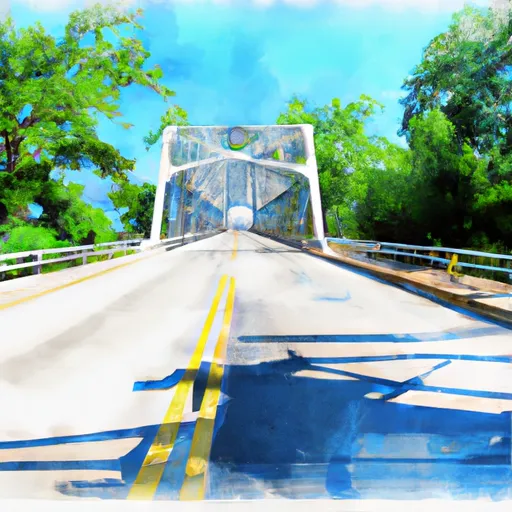°F
°F
mph
Windspeed
%
Humidity











Lisbon, Iowa is a small town located in Linn County in the eastern part of the state. It has a moderate climate characterized by warm summers and cold winters. The town experiences all four seasons, with average high temperatures ranging from the 80s in summer to the 30s in winter. Precipitation is evenly distributed throughout the year, with an average annual rainfall of around 36 inches.
Situated near the Wapsipinicon River, Lisbon benefits from its hydrological surroundings. The river provides opportunities for fishing, canoeing, and kayaking. Additionally, the nearby Lake McBride State Park offers boating, swimming, and hiking activities. The park is home to diverse wildlife and has several trails that allow visitors to explore the natural beauty of the area.
Lisbon also boasts a variety of outdoor recreational opportunities. The town has several parks and green spaces where residents and visitors can enjoy picnicking, sports activities, and walking trails. The Lisbon-Mount Vernon Recreation Trail, a multi-use trail, offers a scenic route for biking, walking, and running enthusiasts.
Overall, Lisbon, Iowa provides a pleasant climate and a range of outdoor recreation opportunities for nature lovers and outdoor enthusiasts.
Weather Forecast
Lisbon receives approximately 920mm of rain per year, with humidity levels near 79% and air temperatures averaging around 10°C. Lisbon has a plant hardyness factor of 5, meaning plants and agriculture in this region thrive during a short period during spring and early summer. Most plants will die off during the colder winter months.
Regional Streamflow Levels
48,600
Cubic Feet Per Second
3,010
Cubic Feet Per Second
749
Cubic Feet Per Second
45,000
Cubic Feet Per Second
Nearby Camping
| Camping Area | Reservations | Toilets | Showers |
|---|---|---|---|
| Greer Crossing | |||
| Lake Chicot State Park | |||
| Oak Grove City Park | |||
| Chicot County RV Park | |||
| Riverfront RV Park | |||
| Merrisach Lake Park - Merrisach Lake |



